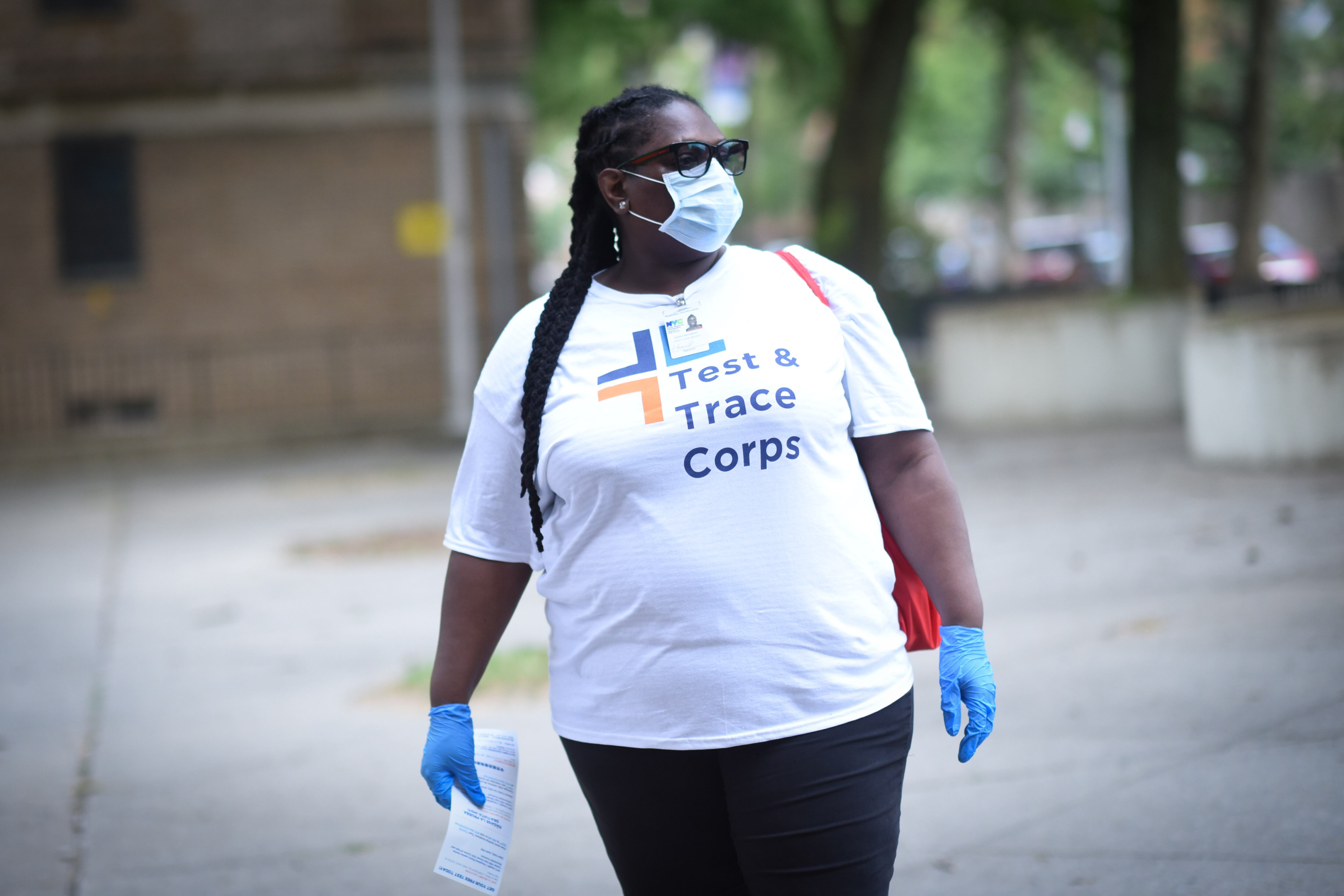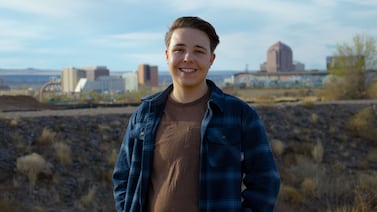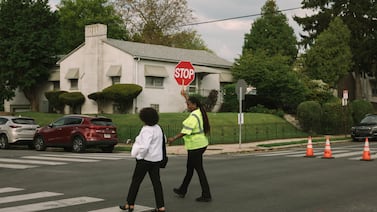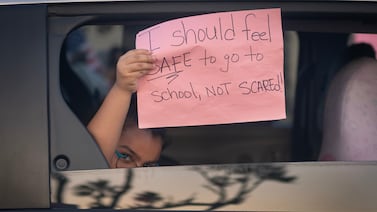Karen Zacconi spent her first afternoon back at M.S. 88 in Brooklyn moving into a large new office she’d be sharing with two other teachers.
While settling in, she met a new colleague who would also be working in the space. They chatted about which corners of the room they’d prefer, and who wanted to use an old desk that was there. Zacconi, a sixth-grade special education teacher, helped her co-worker move a box of belongings.
The encounter was brief. The room was large. Both teachers were wearing masks. Still, Zacconi was worried the next afternoon when the teacher told everyone on a call that she had tested positive for COVID-19.
Zacconi was even more worried when her school building reopened to staff, but she still hadn’t heard from NYC’s Test and Trace Corps — trained investigators who help track down those who might have been exposed to the virus — about whether she should quarantine.
“I just feel like someone should have called me by now,” Zacconi said. “I don’t feel like it was close enough or extensive enough to be infected, but what do I know?”
Zacconi’s concerns raise questions about the city’s promise to doggedly trace positive cases inside schools, something that officials have promoted as crucial to keeping the coronavirus at bay. The president of the city’s teachers union said the city’s tracing program seemed to be working, and education department officials said some M.S. 88 staff were quarantined.
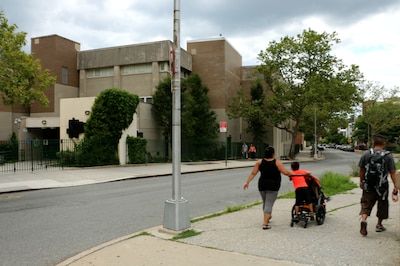
Some public health experts said there could be valid reasons Zacconi didn’t receive a call, but they stressed that teachers should have clear information about how the process is supposed to work and what to expect.
“In the absence of that information, people wonder whether those policies and procedures have been thought through or are maximally likely to keep them safe,” said Sara Johnson, a professor at Johns Hopkins University’s medical school who studies school health issues. “We need to be incredibly clear and transparent because it is confusing — people don’t go to epidemiology school.”
This early test case also illustrates the importance of quick, clear communication within school communities when positive cases inevitably arise in a system with more than 1 million students and some 150,000 staff. Without that, public health experts say, confusion could undermine even a robust public health strategy.
Mayor Bill de Blasio has promised that the city has put in place some of the most rigorous protocols for returning to school buildings — but good policies are only half the battle, public health experts say. Teachers, families, and students also need to hear those policies spelled out repeatedly, and see evidence that they’re being implemented well.
So far, some educators and public health experts say the city is falling short.
“What’s scaring people is the lack of transparency by the mayor’s office and DOE, which is really unfortunate because I think we have an opportunity here to reopen safely,” said Uché Blackstock, an urgent care physician who has treated coronavirus patients and has two children in public schools. “If we don’t have the communication piece down, then it’s never going to work.”
Officials have sent a series of mixed messages this week about how they will disclose coronavirus cases as they crop up in schools. On Wednesday, the day after teachers were required to report back to their buildings for the first time this school year, the education department confirmed that two staff members tested positive at two separate Brooklyn campuses.
On Thursday, though, Mayor Bill de Blasio said the city would report positive cases each day “once school begins” — referring to the start date for in-person classes on Sept. 21. He did not explain why the city did not have a plan to disclose additional cases now that staff members are filing into buildings, or why the education department had confirmed cases promptly on Wednesday but not on Thursday. A state website that is supposed to provide school-level information about positive cases contained no information as of Thursday evening.
Meanwhile, rumors ricocheted on social media that coronavirus cases were mounting at campuses across the city. By the end of the day, the president of the city’s teachers union, in television interviews, offered his own tally of 16 cases among staff. It was reminiscent of March, when buildings first shuttered because of the health crisis and educators filled information voids through the grapevine.
The barrage of unconfirmed information has its own public health implications, some experts said, because they can leave false impressions about the prevalence of the virus in schools.
“Almost certainly the rumors on Twitter are going to make the problem look worse than what it actually is,” said Benjamin Linas, an epidemiologist at Boston University. “The desire to avoid the panic just generates panic.”
It is not surprising that cases have immediately emerged. Teachers were encouraged to get tested for the virus before returning, and Mulgrew said that 15,000 did so last week. The share of tests citywide that are positive has recently hovered around 1%, a rate low enough to reopen schools, experts say.
The problem, Mulgrew said, is that results are not coming back within 24 to 48 hours, like the city has promised. He wondered whether the city would be able to keep up once children return to campuses on Sept. 21, when a monthly, random testing program will begin for 10-20% of people at every school.
“Right now we have no confidence that we’re going to get the results — and remember … this is one week with 15,000 people that, supposedly, the city was prepared to do,” Mulgrew said during an interview with PIX11. “What’s going to happen when we’re testing each school on a monthly basis?”
A spokesperson for City Hall said that 95% of test results are coming back within the required timeframe and committed to working with the union.
Mulgrew said that he believed the city’s tracing program “seems to be working,” because some school staff had been placed under quarantine as a result of investigations into positive cases. An investigation into the possible spread of coronavirus within a school should kick off within three hours of a student or staff reporting that they’ve tested positive, according to the city’s school reopening plan submitted to the state health department.
Tracers are expected to track down anyone who came within 6 feet of the positive individual for more than 10 minutes, which would trigger the need to quarantine. (Some experts said that the city’s definition is conservative, and guidance from the U.S. Centers for Disease Control and Prevention is 15 minutes of contact with a person who has tested positive for the coronavirus.) If only one positive case is found, the school can remain open except for the individual classes that the infected person attended.
Yet teachers at M.S. 88 in Brooklyn raised doubts in an open letter about whether the investigation at their school was thorough enough. Zacconi said she alerted her administration that she thought her interactions with the teacher who tested positive could mean she’d have to quarantine, and her principal responded right away, suggesting that the tracing team had been alerted.
On Thursday morning the M.S. 88 staff was notified that the tracing team had completed its investigation. Zacconi stayed home, made plans to get tested, and continued to wait to hear from a tracer, and an explanation of whether she’d had a “close contact” or not.
“If I got called by a tracer, I would know,” she said. “Of course there’s anxiety and fear now.”
Reema Amin contributed.

